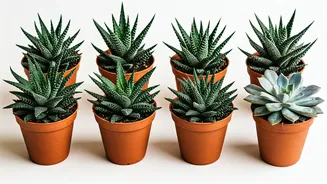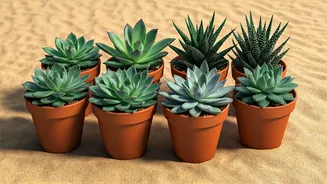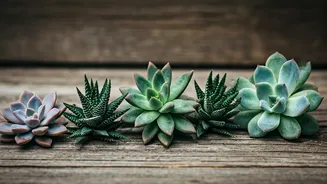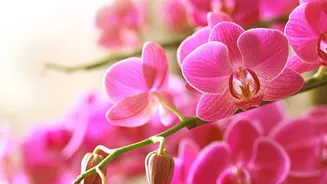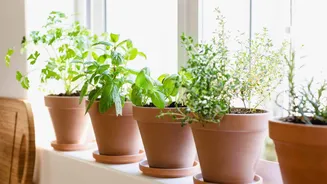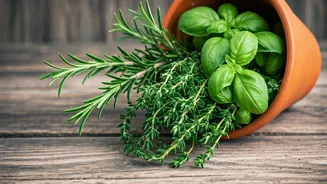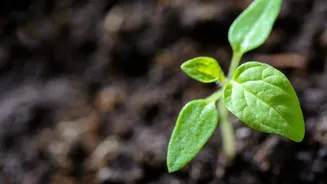Succulent Longevity Explained
Succulents, celebrated for their ability to store water in their leaves, stems, or roots, are naturally built for survival. This capability allows them
to endure prolonged periods of drought, making them remarkably resilient plants. Factors such as the succulent's type, the environment it's in, and the care it receives significantly impact its lifespan. Certain species, particularly those adapted to harsh environments, demonstrate exceptional durability, living for many years with minimal intervention. This enduring quality makes them a favorite for both indoor and outdoor spaces, offering an elegant touch with minimal maintenance. The simplicity of their care is often what attracts people to these plants.
Sempervivum (Houseleeks)
Sempervivum, commonly known as houseleeks, stand out as one of the hardiest succulents. These plants can endure a broad range of temperatures, including freezing conditions, making them ideal for gardens in various climates. Houseleeks typically grow in rosette formations, showcasing a beautiful array of colors and patterns depending on the species and the amount of sunlight. Their ability to multiply via offsets, often called 'chicks,' means a single plant can populate a larger area over time, creating a vibrant display. Houseleeks require minimal care; they need well-draining soil and ample sunlight, which helps them thrive. The name 'houseleek' reflects its traditional use: it was often grown on rooftops to protect homes from lightning and fire, indicating its toughness and resilience.
Agave: Majestic Presence
Agave plants, often characterized by their striking rosette shape and substantial size, are another group of long-living succulents. The lifespan of an agave can vary widely, with some species living for decades before they bloom. These plants are known for their dramatic inflorescence, a tall flower stalk that emerges once in their lifetime, usually after many years. Agaves flourish in arid and semi-arid environments, demonstrating a remarkable ability to withstand drought. They require well-draining soil and a sunny location to thrive, making them perfect for xeriscaping or dry gardens. Their architectural form and the infrequent yet spectacular blooms add a distinctive element to any landscape. Moreover, some agave species are used for the production of tequila and other products, highlighting their cultural and economic importance.
Aloe Vera: Soothing Beauty
Aloe vera is a popular succulent cherished not only for its ornamental value but also for its medicinal properties. Known for its thick, fleshy leaves filled with a soothing gel, aloe vera is often used to treat burns and skin irritations. This plant is relatively easy to care for, requiring bright, indirect sunlight and infrequent watering. Aloe vera can live for many years with proper care, providing both aesthetic appeal and practical benefits. It does well in pots or directly in the ground, and its adaptability makes it a favorite among indoor and outdoor plant lovers. Its ability to thrive in various conditions and its well-documented healing properties make aloe vera a versatile and valuable plant.
Crassula Ovata (Jade Plant)
The Crassula ovata, commonly known as the jade plant, is a classic succulent recognized by its fleshy, oval-shaped leaves and tree-like appearance. Jade plants can live for many decades, often becoming family heirlooms passed down through generations. They thrive in bright light and require infrequent watering, making them relatively easy to care for. As the jade plant matures, its trunk thickens and takes on a woody texture, adding to its visual appeal. Jade plants are believed to bring good luck and prosperity, making them popular gifts. With proper care, including well-draining soil and sufficient sunlight, a jade plant can become a striking and long-lasting addition to any home or garden.
Sedum: Versatile & Tough
Sedum, a vast genus of succulents, presents a diverse range of forms, from low-growing ground covers to upright varieties. These plants are known for their hardiness and ability to thrive in a variety of conditions. Many sedum species offer beautiful foliage and seasonal color changes, adding interest throughout the year. Sedums are generally drought-tolerant and require minimal maintenance, making them ideal for rock gardens, borders, and containers. They attract pollinators and can be easily propagated from stem cuttings, making them a practical and rewarding choice for gardeners. With their diverse forms and easy care requirements, Sedum plants are an excellent addition to any succulent collection, often living for many years.
